The first ever Instax Mini camera is now 25 years old – and I took it for a spin!
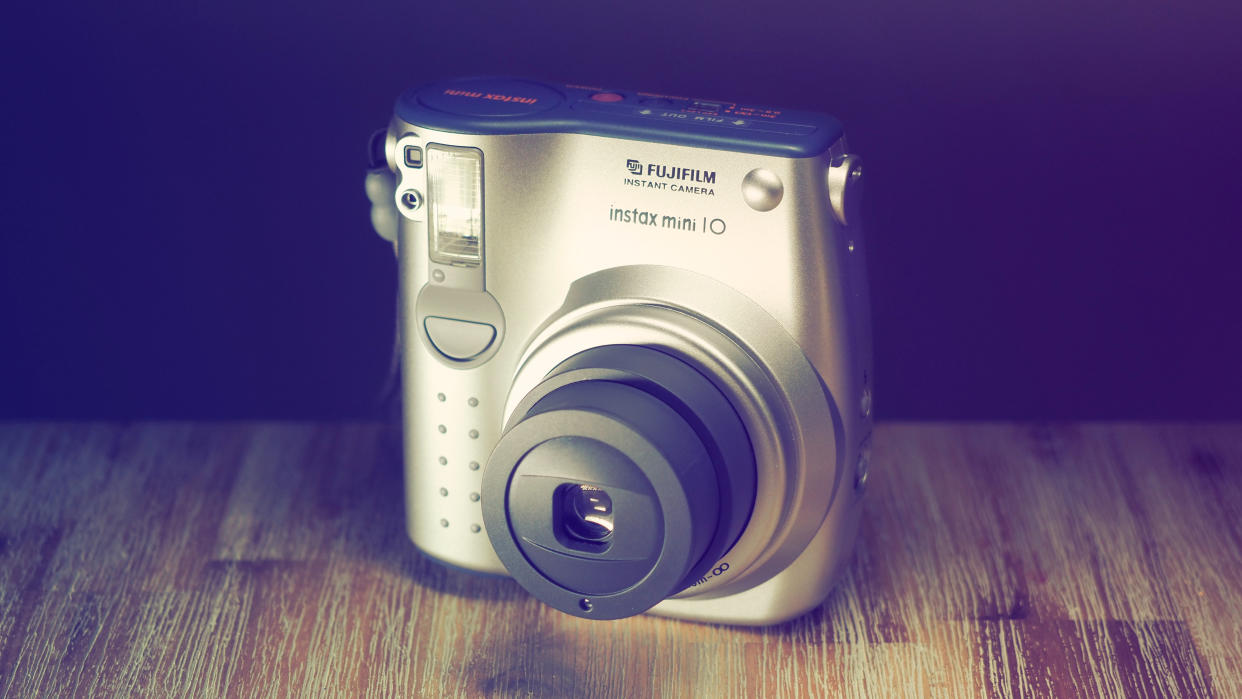
Happy Instaxiversary! The Instax brand officially turned 25 years old this month. Yes, 25 years. And if you're an old-timer like me, you might remember the very first product: the Instax Mini 10, which launched on November 10 1998.
And, if you're an old-timer like me, you might even have bought an Instax Mini 10 all those years ago. I still have mine and I took it out for a birthday spin, to see if it's still one of the best instant cameras a quarter-century later.
Before I get to how the camera fared, here's a quick refresher on what the world looked like when Instax was unleashed.
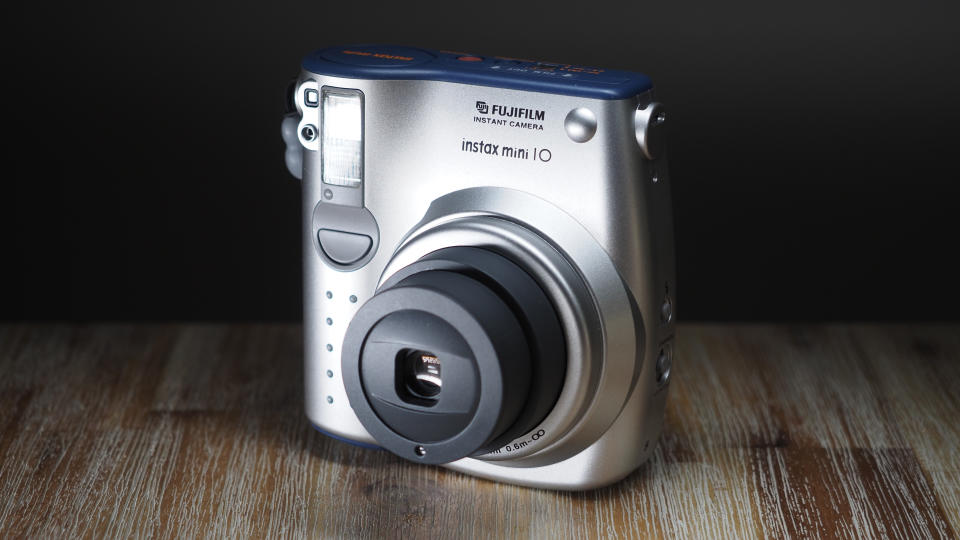
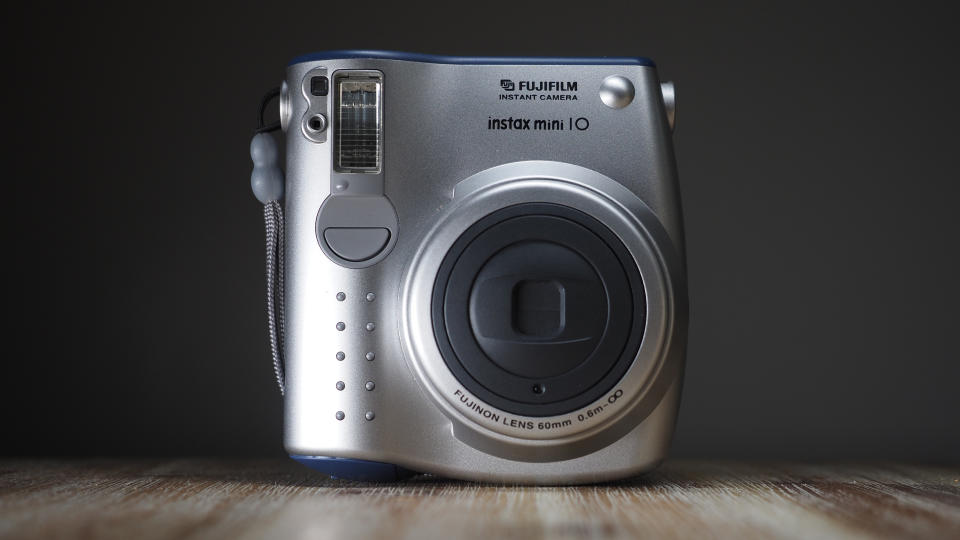
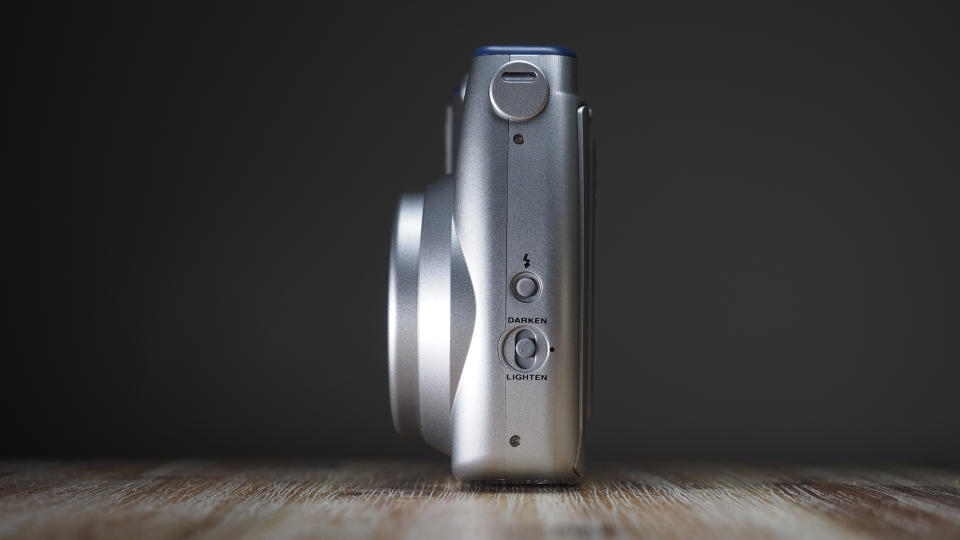
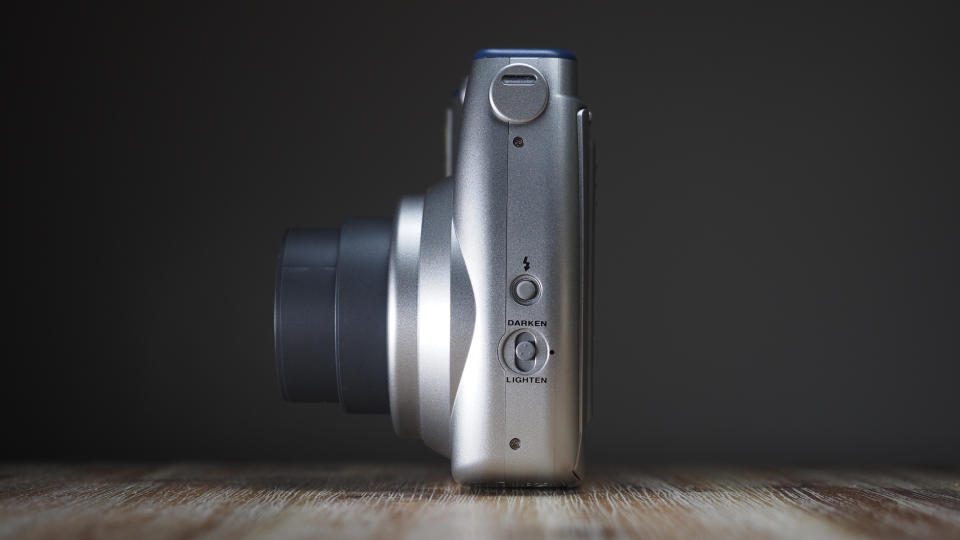
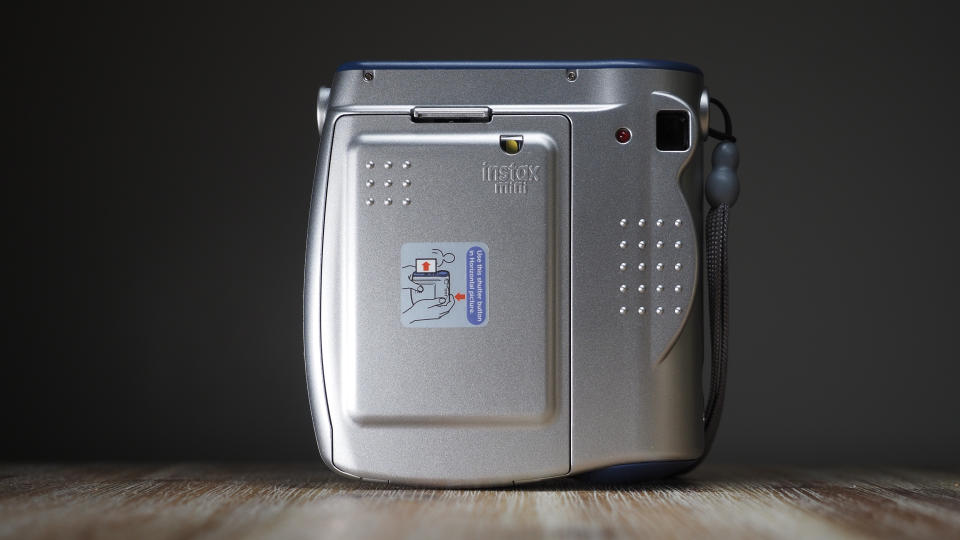
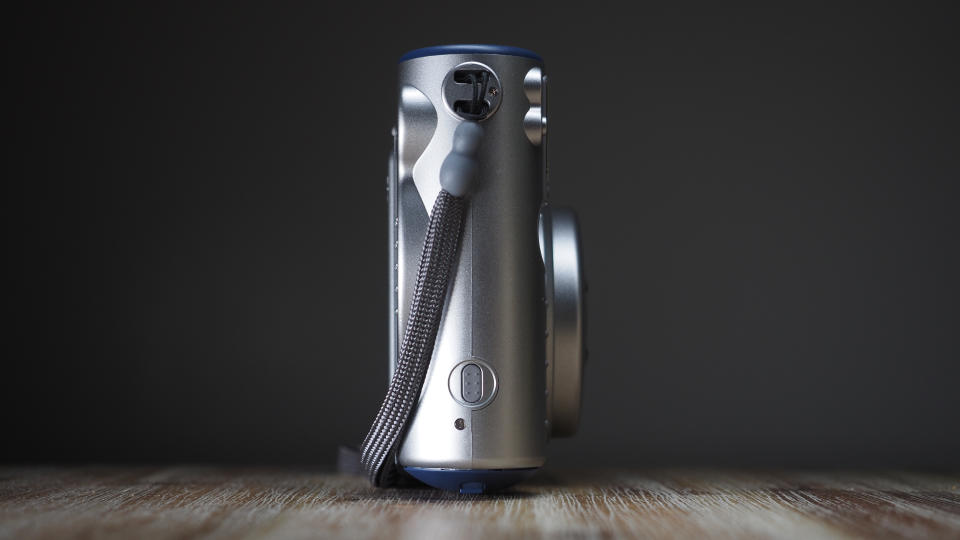
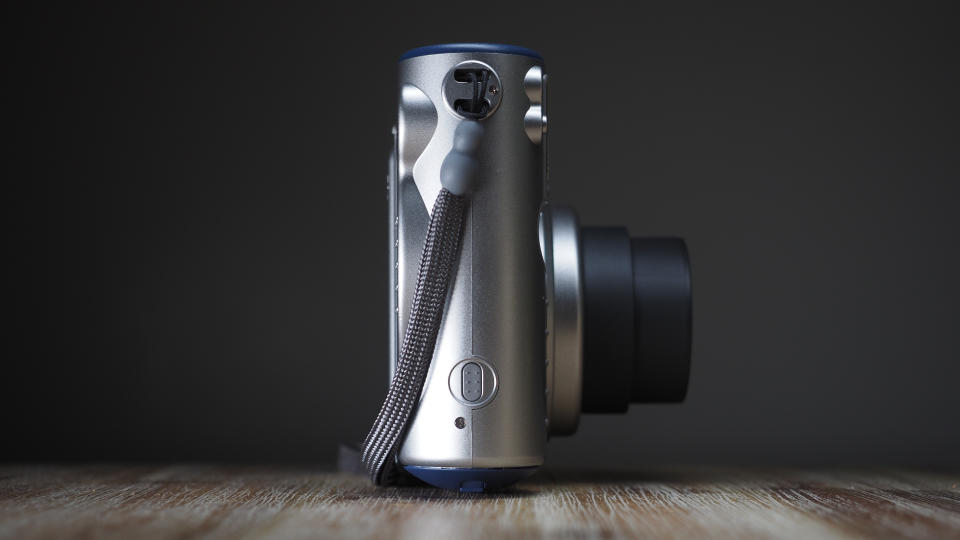
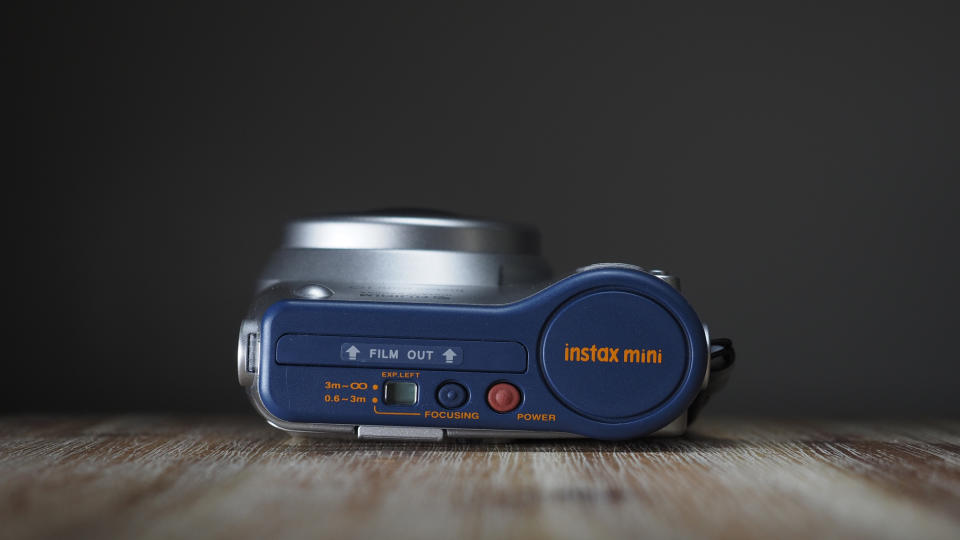
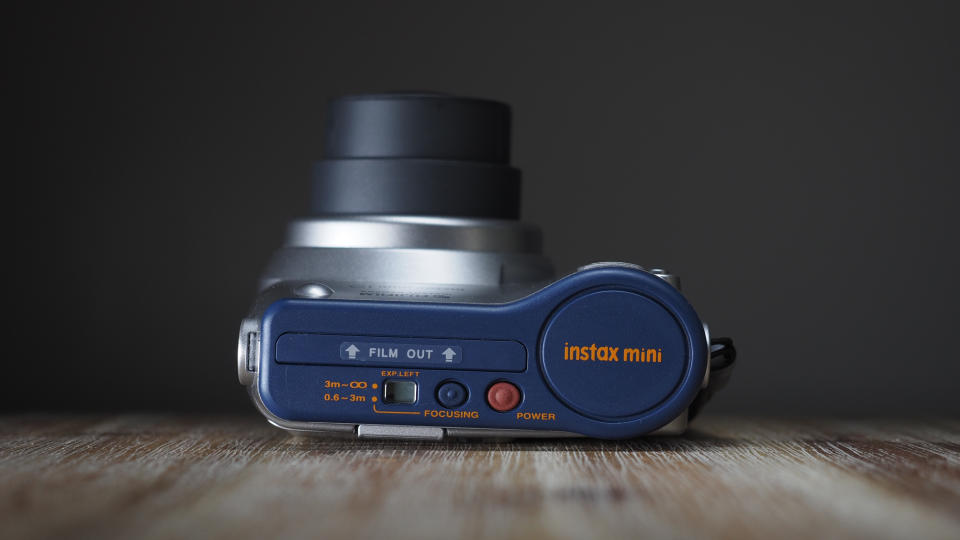
1998: Some context
For those who weren't around in 1998, this was a year when digital cameras were in their infancy. SLR manufacturers like Minolta and Pentax were still doing a roaring trade. And while Canon had just launched the EOS D2000 (a 2MP camera with a tangled Kodak development history), its biggest launch was a film camera – the pro-oriented EOS-3 (the great grandaddy of the Canon EOS R3).
Nokia and Snake were still the hottest things in mobile devices. Paypal didn't exist yet. Ebay was only three years old. Amazon was barely a year older, and had only just started selling CDs in addition to books (yes, Amazon used to be a humble online bookstore). It was still the era of the original PlayStation, the Xbox hadn't been invented yet, and Nintendo had just launched the GameBoy Camera.
This was the landscape unto which the Instax Mini 10 was launched – though it's worth noting that it wasn't Fujifilm's first instant camera or instant film product.
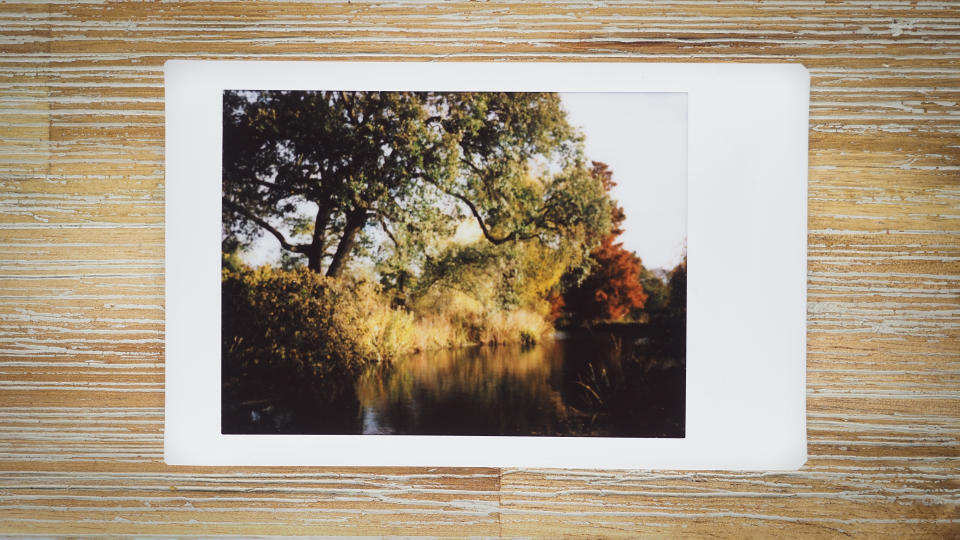
During the Kodak vs Polaroid wars (when Kodak violated a bunch of patents to make rival instant cameras and film), Fujifilm jumped on the bandwagon and launched its Fotorama cameras and rectangular film in the early Eighties. Another patent battle ensued, with Polaroid agreeing not to take action so long as Fujifilm shared technology and didn't sell its products in the US.
By the late Nineties, though, Polaroid wasn't in a position to boss anyone around. Despite winning around a billion dollars in damages from Kodak, the company was only a few years away from declaring bankruptcy. The door was open for Instax.
Still, with the world's leading instant camera brand in its death throes, and the future of the imaging industry being an obviously digital one, it was certainly a bold time to launch a new analog product!
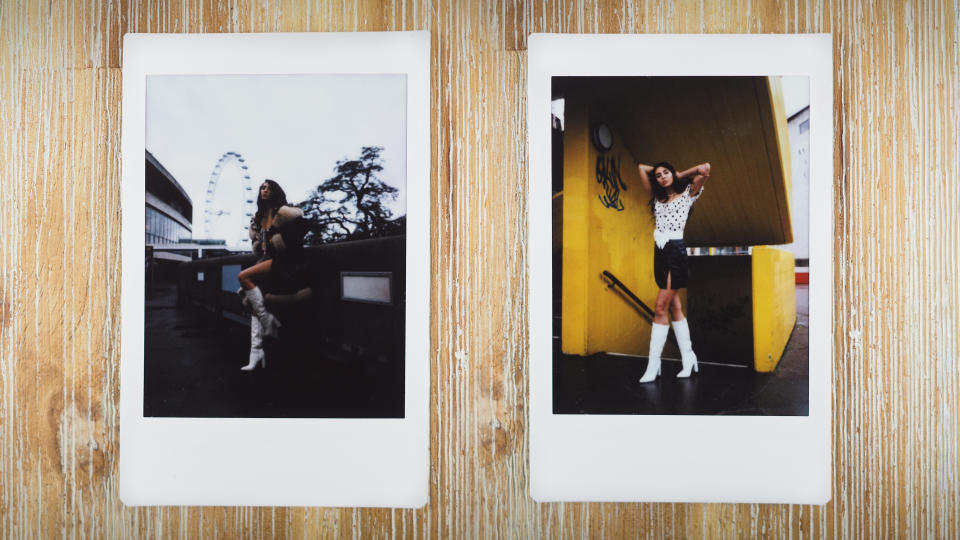
Instax Mini 10 – 25 years later
As its first-ever Instax camera, it always felt odd to me that Fujifilm decided to call it the Instax Mini 10. It's also why the product line jumped from the Instax Mini 9 to the Instax Mini 11 a few years ago, since the name was already taken.
Still, this brilliant little camera isn't that much different to the Instaxes of today. It boasts a 60mm f/12.3 lens, comprising 3 elements in 3 groups, with a shutter speed of 1/30 to 1/400 sec. For comparison, the Instax Mini 12 has a 60mm f/12.7 lens, with 2 elements in 2 groups, and a shutter speed of 1/2 to 1/250 sec.
Build quality is the same, too, with a chunky plastic chassis offering reassuring heft while still being light and nimble. The ergonomics are that familiar blend of thoughtful but awkward, with a slightly sculpted grip and a groove for your shutter finger – whose placement in the middle of the body means there isn't room for all your other fingers beneath it, so your pinkie has to curl underneath.
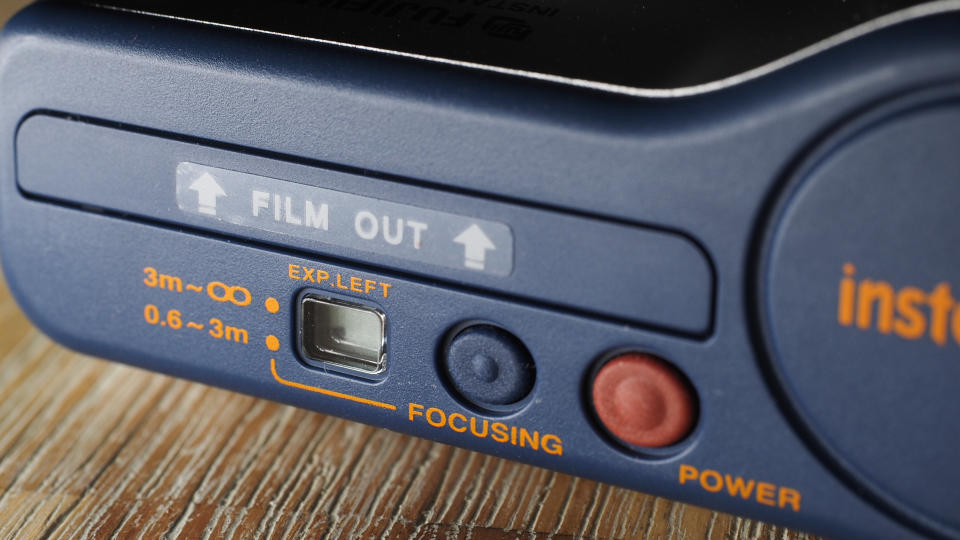
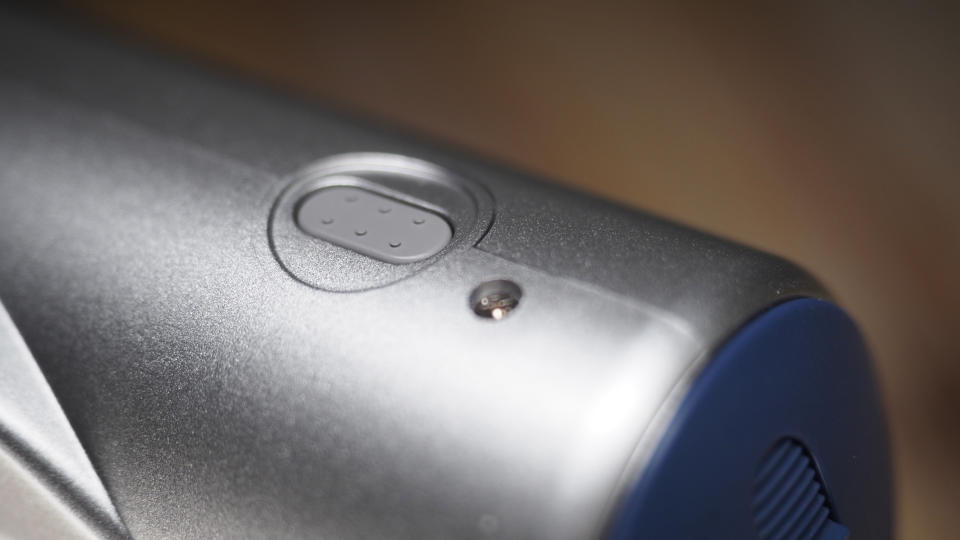
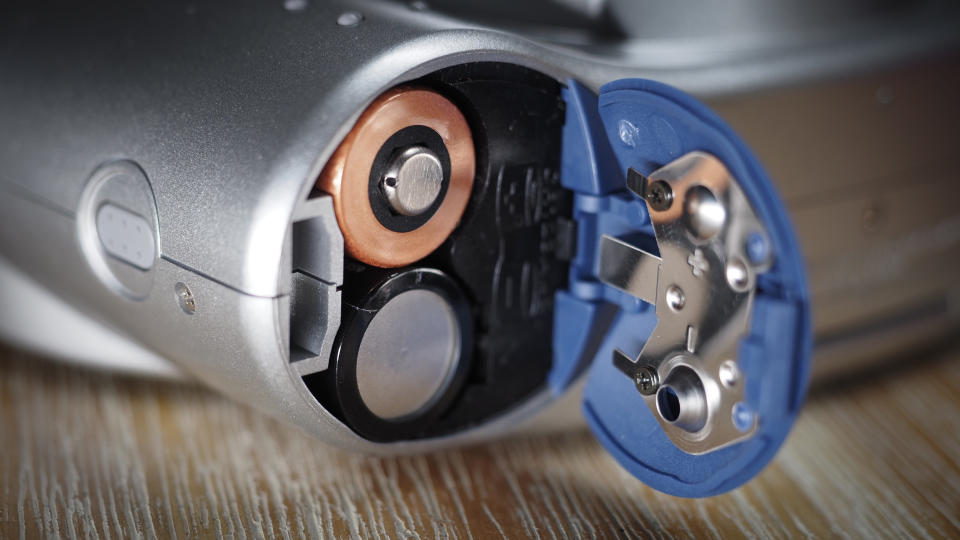
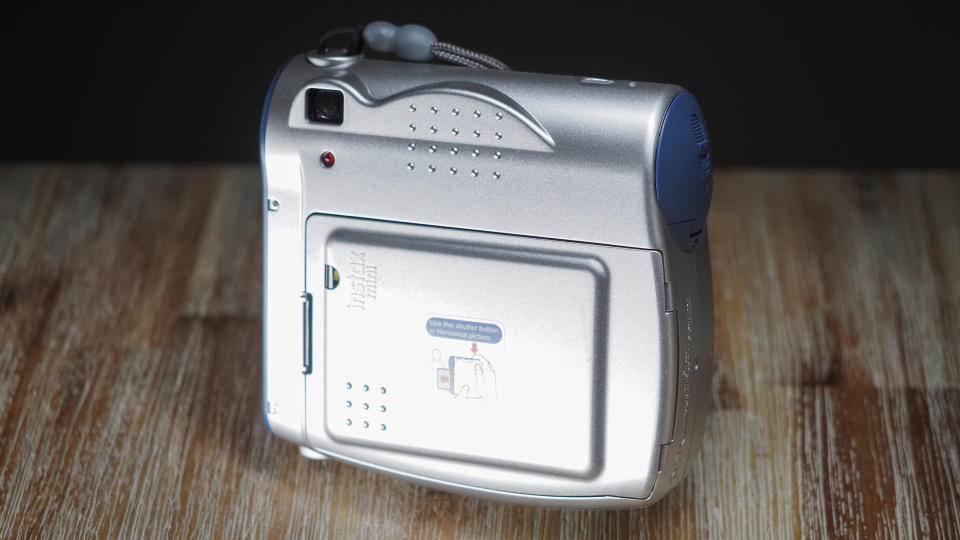
There is also a second shutter button on the side of the camera, for shooting in landscape orientation. This was abandoned on later models as it's pretty cumbersome and unusable, with your fingers having to claw around the bottom edge of the camera and lens – though the bottom is at least curved to accommodate a palm, if not any fingers.
The shape of the Mini 10 is generally quite different to its modern offspring, especially the top – which, unlike the bottom, is completely flat. A plastic panel covers the film eject slot, a tiny LCD screen indicates the remaining frames and focus mode, and there are two rubberized buttons: Focusing (which toggles between 3m to infinity or 0.6m to 3m) and Power.
This was back when the lens mechanism was powered, not a physical pop-up affair, so a stab of the Power button causes the camera to whirr like a dentist's drill while the lens telescopes out. Similarly, pressing the Focusing button emits more threatening whirrs as the lens cycles through its close-up or standard positions.
On the other side of the camera is a Flash button, which overrides the automatic mode and forces the flash to stay on when shooting in daylight (but cannot be used to turn the flash off), along with a three-position Darken / Lighten switch. The back of the camera features the standard door for loading and removing film cartridges. It also features a sticker pointing out the secondary shutter button for landscape shooting.
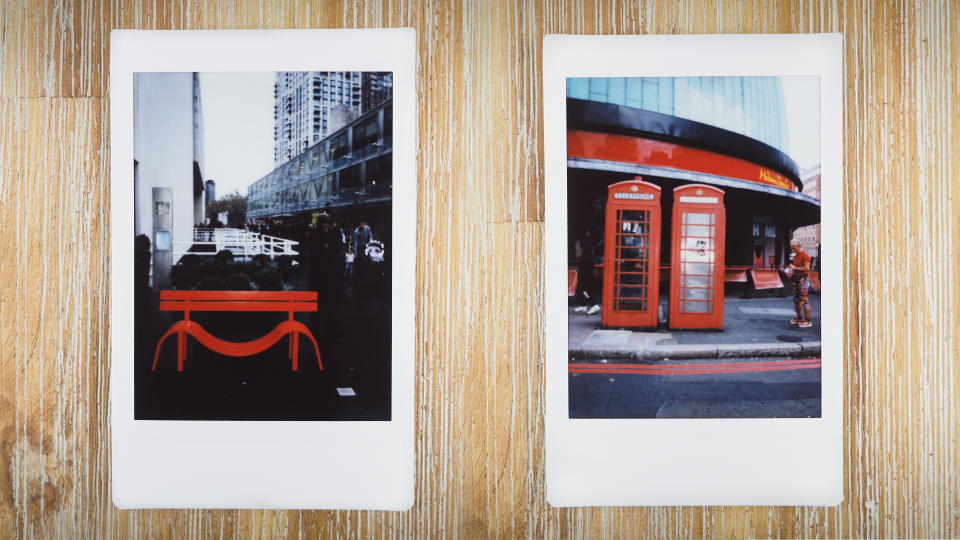
Results from the Instax Mini 10 are generally good, but entirely daylight-dependent. This is, after all, a camera with an f/12.3 lens, a 1/30 sec shutter and a 25-year-old flash unit. So outdoor pictures in broad, bright daylight are pretty successful, but even in these conditions shadow detail can be lost if the flash isn't close enough to the subject.
However, when shooting photos at 4pm (admittedly, 4pm in winter) there wasn't enough light in the sky to illuminate something as large as a church (which was, in turn, too far away to be illuminated by the humble flash). Indoors with room lighting the camera is able to capture close-up subjects, and the 0.6m minimum focusing distance is enough for selfies.
Overall, though, I'm pretty amazed at how well the Instax Mini 10 still works. This is first-generation instant film tech (which isn't exactly renowned for its perfect exposures 25 years later) in a camera body that has a quarter of a century of wear-and-tear – and it still took pictures that I'm happy with!
Keep scrolling below to see some more sample images, along with a side-by-side comparison with a modern Instax Mini to see how things have changed.
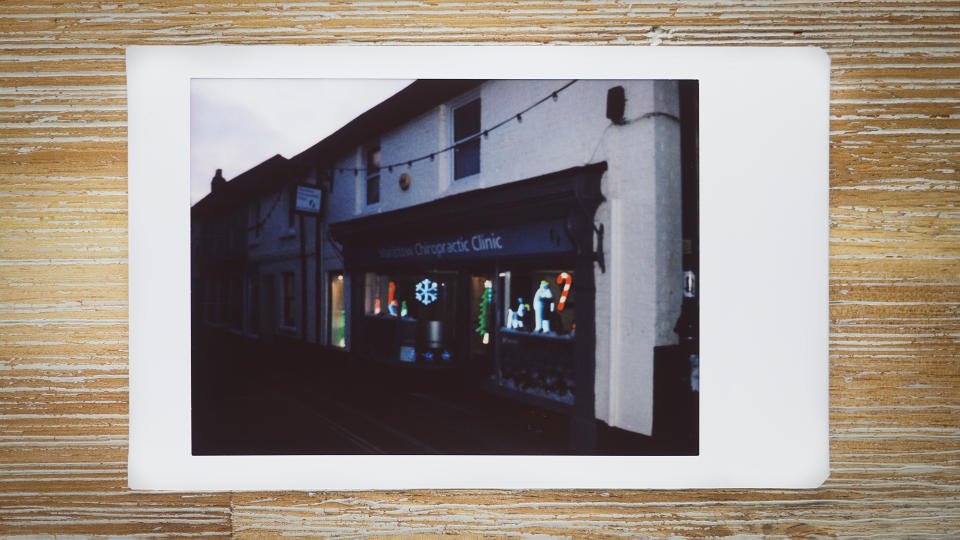
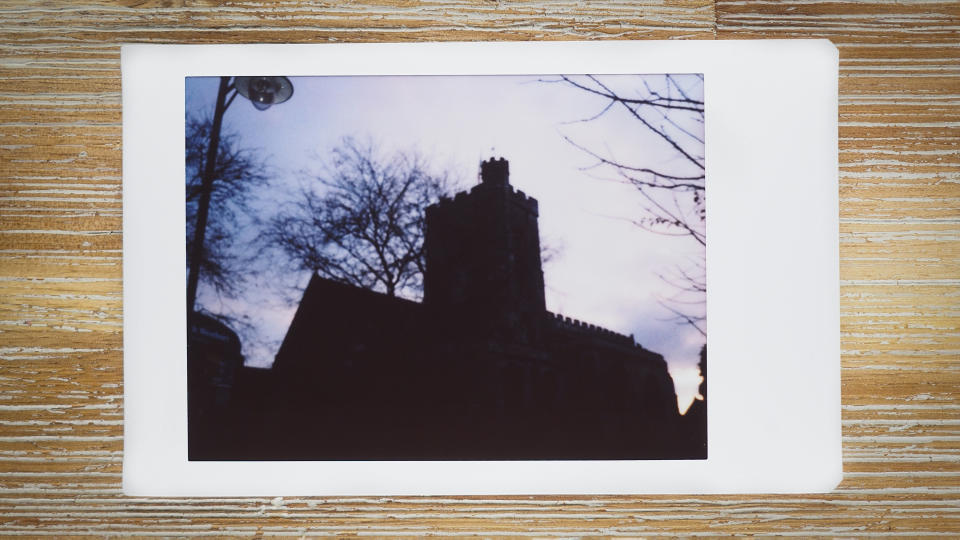
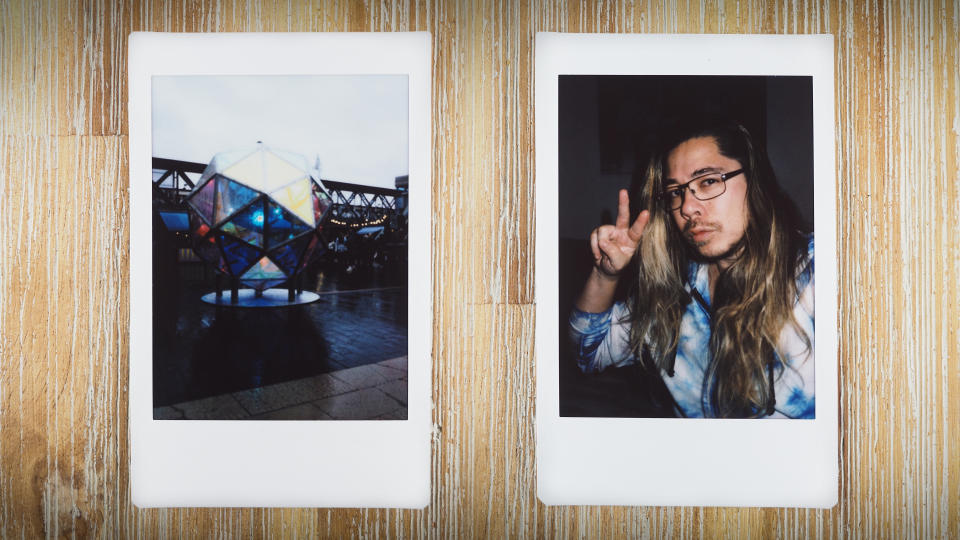
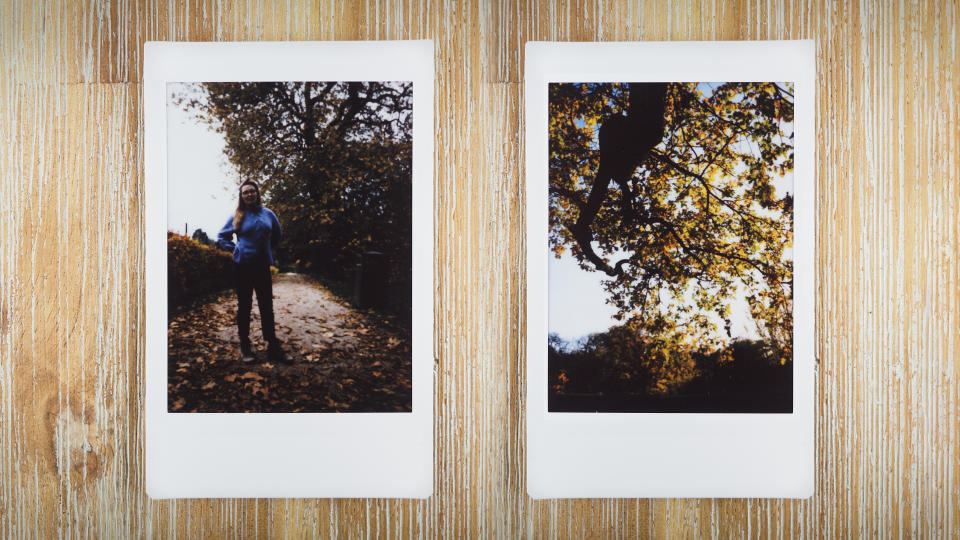
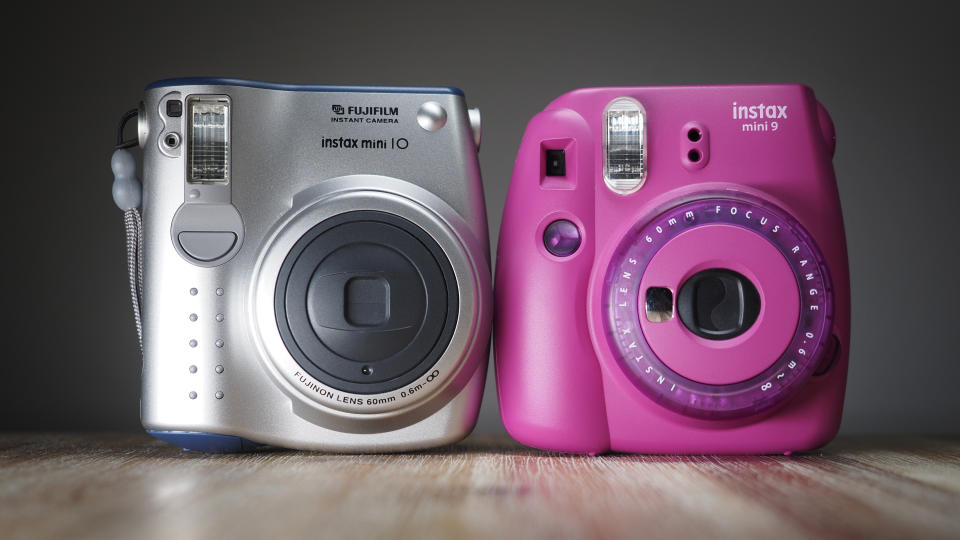
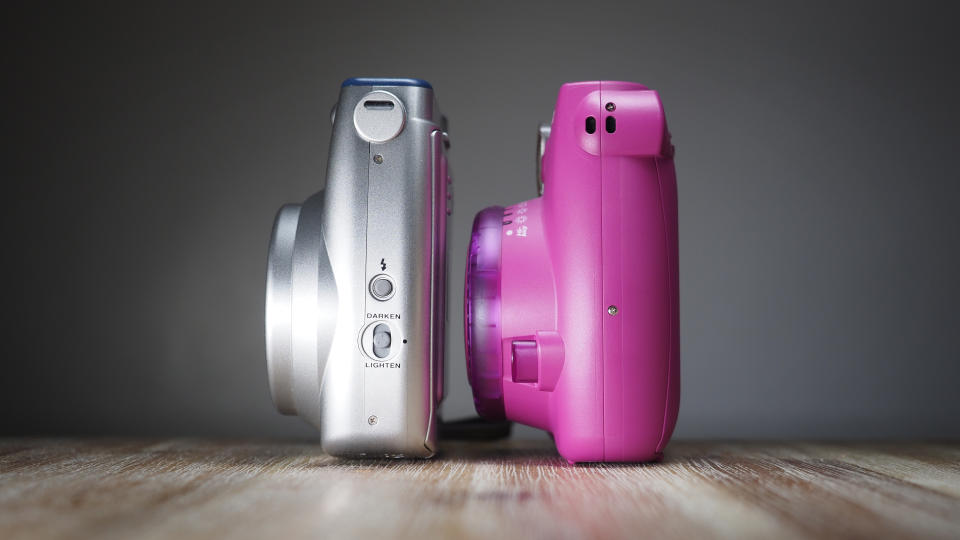
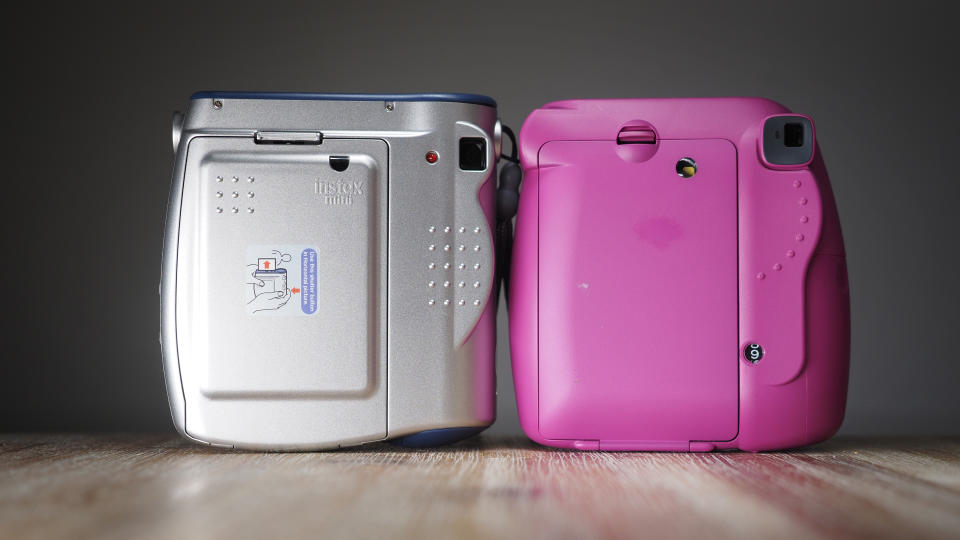
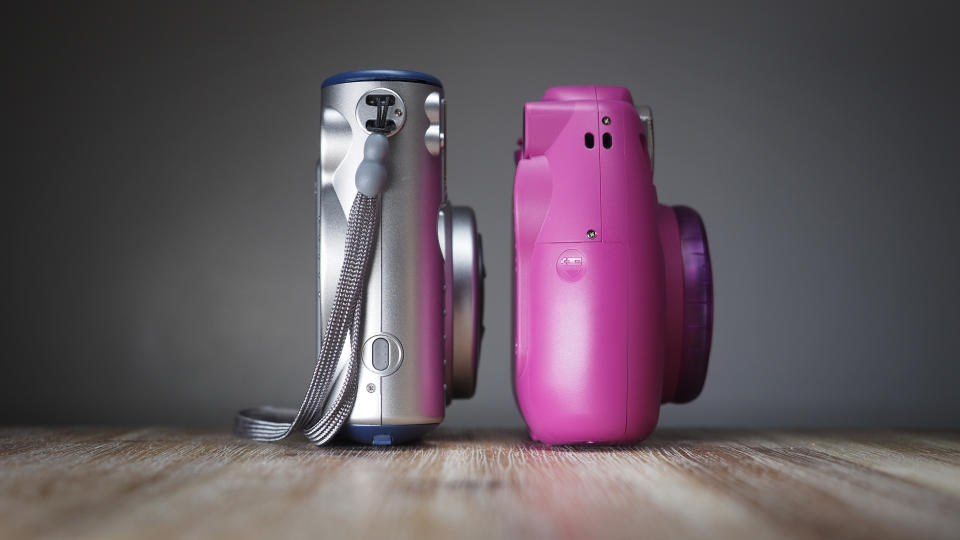
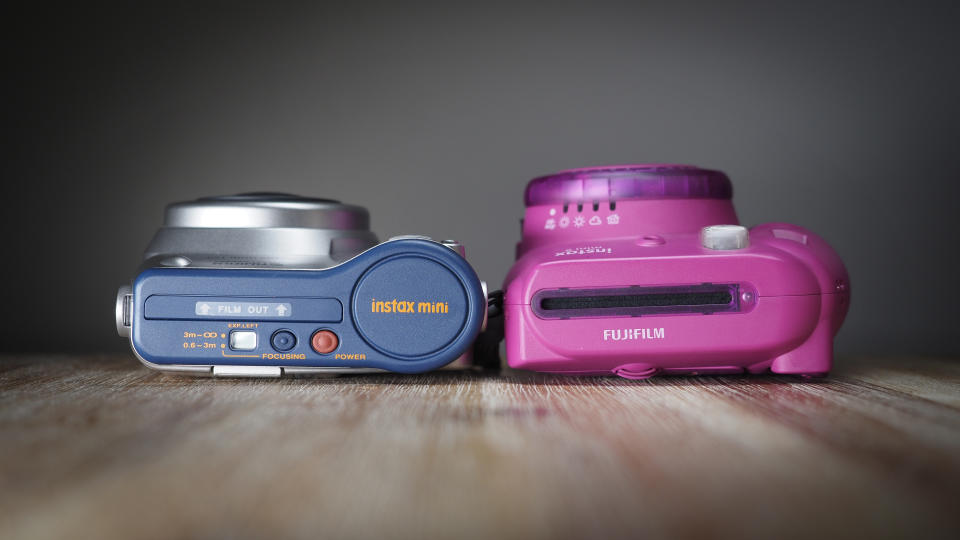
Take a look at the best instant cameras, along with the best digital instant cameras – and make sure to check what type of instant film you need!

